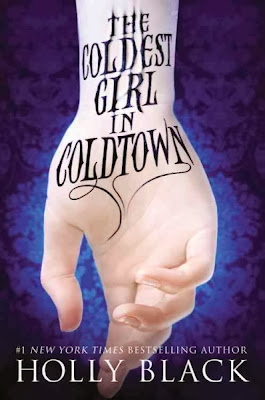Teen Spirit by Francesca Lia Block
Julie feels bereft after the death of her beloved grandmother Miriam. Soon after, she and her mom have to move from their beautiful home in the hills to a benighted apartment on the wrong side of Beverly Hills. Then, her mom meets a loser guy and seems to forget about Julie. Then Julie meets Clark...who is haunted by issues of his own.
Usually, Francesca Lia Block can easily pull off a complex plot like this, and fill the story with lush, nuanced details and sensuous descriptions of life and love and death.
But not this time. The writing is stilted, the characters lack depth and purpose. The plot is twisty for no apparent reason, the ethnic details seem tacked on, and poorly edited elements (an answering machine? in 2013?) yank the reader out of the story too often. A near-miss sexual situation is awkward.
Not particularly recommended.










